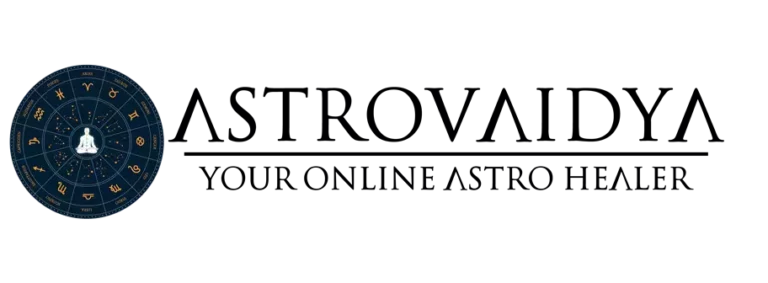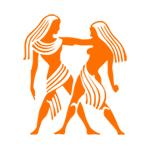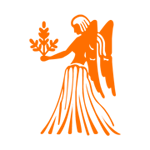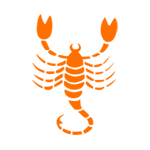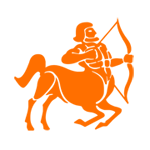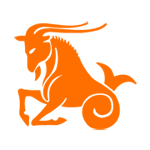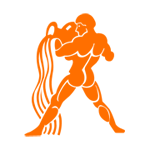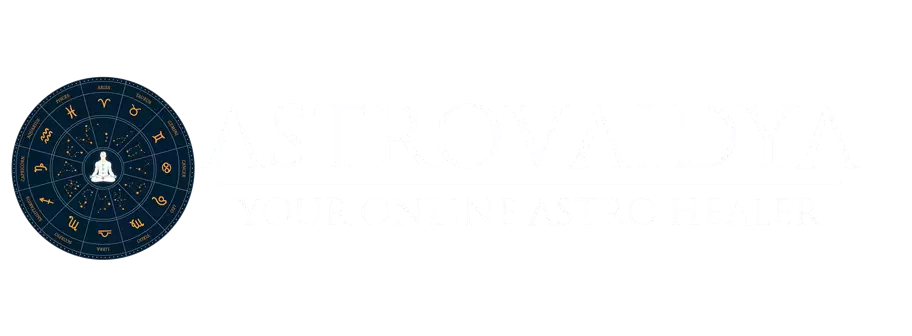
Horoscope Matching | Kundali Matching | Kundli Match for Marriage?
Kundli Matching, also known as Horoscope Matching, holds a pivotal role during the marriage process. Within Hindu Scriptures, marriage is considered a sacred union, predestined even before birth. It is regarded as one of life’s most beautiful moments, where individuals aspire to find a compatible life partner to create cherished memories and find happiness. The true essence of a person’s joy often resides in this union. In a country like India, where marriage holds immense importance, individuals are keen on discovering the perfect life partner. In Hinduism, the horoscopes or Kundli of both the prospective bride and groom are carefully matched to mitigate any potential adverse effects post-marriage. Additionally, in the event of any doshas (astrological imperfections), astrology provides a multitude of remedies and solutions to counteract their malefic impact.
Find “The One” with Kundali Matching
Vedic Astrology places great importance on the practice of Kundli Matching or Horoscope Matching. Marriage is a sacred union that unites two distinct individuals, fostering a harmonious and enduring marital life. Various terms are used to describe this matchmaking process, including Kundali Milan, Guna Milan, Horoscope Matching, Compatibility, and Lagna Melapak. Several critical factors are taken into account during this matrimonial assessment:
- Guna Milan
- Manglik Dosha
- Strength of Navamsa Chart

Guna Milan
In the realm of Indian astrology, the Janam Kundli, also known as the Birth Chart or Natal Chart, holds a prominent role in Kundli Matching. Guna Milan, a crucial facet of this matchmaking process, revolves around the positioning of the Moon in the Natal Charts of both the bride and groom. In North India, this process is referred to as “Ashtakoot Milan,” signifying the assessment of eight fundamental aspects or “Kootas.” “Ashta” denotes “Eight,” while “Koota” signifies “Aspects.” These eight Kootas delve into various dimensions of compatibility:
- Varna/Varan/Jaati (Caste): This aspect gauges the spiritual harmony between the boy and girl, along with their ego levels. It is categorized into four divisions: Brahmins (Highest), Kshatriya, Vaishya, and Shudra (Lowest).
- Vasya/Vashya (Dominion): Vasya examines mutual attraction, the balance of power within the marriage, and the dynamics between the married couple. It classifies individuals into five types: Manav/Nara (human), Vanchar (wild animals such as lions), Chatushpad (small animals like deer), Jalchar (sea creatures), and Keeta/Keet (insects).
- Tara/Dina (Birth Star): Tara/Dina is associated with compatibility based on birth star and destiny. There are 27 birth stars, known as Nakshatras.
- Yoni (Animal Traits): Yoni assesses the intimacy level, sexual compatibility, and mutual affection between the partners. It classifies individuals into 14 animal categories, including Horse, Elephant, Sheep, Snake, Dog, Cat, Rat, Cow, Buffalo, Tiger, Hare/Deer, Monkey, Lion, and Mongoose.
- Graha Maitri/Rasyadipati (Planetary Friendship): Graha Maitri delves into mental compatibility, affection, and innate friendship. It also reflects the compatibility of the moon signs between the couple.
- Gana (Nature): Gana evaluates behavioral traits and temperaments. It divides birth stars (Nakshatras) into three categories: Deva (God, indicating Satwa Guna), Manava (Human, indicating Rajo Guna), and Rakshasa (Demon, indicating Tamo Guna).
- Rashi or Bhakoot (Emotional Compatibility): Rashi or Bhakoot relates to emotional compatibility and love between partners. It involves the comparison of planetary positions in the boy’s birth chart with the girl’s birth chart. Specific house placements indicate auspicious or inauspicious outcomes.
- Nadi (Health and Genes): Nadi pertains to health and genetic factors. Nakshatras are classified into three divisions: Aadi (Vata) Nadi, Madhya (Pitta) Nadi, and Antya (Kapha) Nadi.
These eight facets collectively contribute to the holistic assessment of compatibility and form a crucial component of Kundli Matching, guiding individuals towards prosperous and harmonious marital unions.
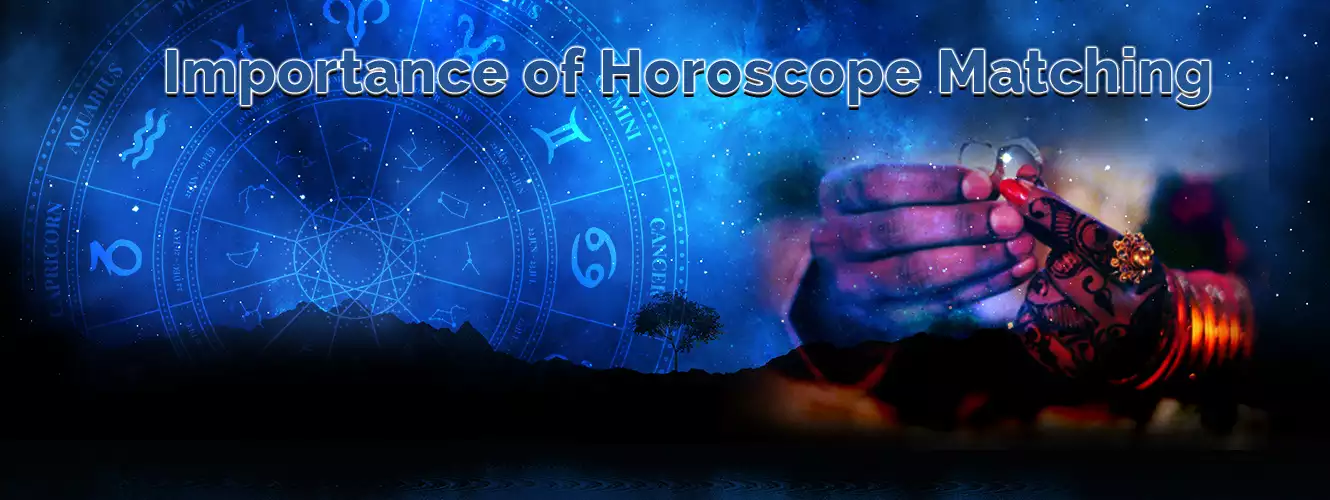
Relevance of Guna Milan
The scores obtained in Ashtakoota play a significant role in Kundli Matching. Refer to the table above for a comprehensive understanding of these scores. A match that scores below 18 is not typically considered an ideal couple and is less recommended for marriage.
While recommending horoscopes for marriage, it’s essential to take other factors into account as well. Factors such as Manglik Doshas, the longevity of the partner, financial status in society, emotional stability, and more are also pivotal considerations in horoscope matching. The Kundli Matching process for the bride and groom provides valuable insights into how celestial bodies will influence their marital life and suggests potential remedies to address any obstacles that may arise.
Frequently Asked Questions
Any match with more than 18 points is considered suitable. A higher point score indicates a better match.
Yes, Mangal Dosha’s matching is of equal significance. It is advisable for the levels of Mangal Dosha in both horoscopes to be relatively equal.
In the Ashtakoota matching system, Nadi holds the highest point value (8 points). If the total score exceeds 18 points, Nadi Dosha may be considered acceptable.
Whether you use online horoscope matching or consult a pundit, you will receive the same result. Pundits also employ Panchang or Patra, which utilize the same system.

